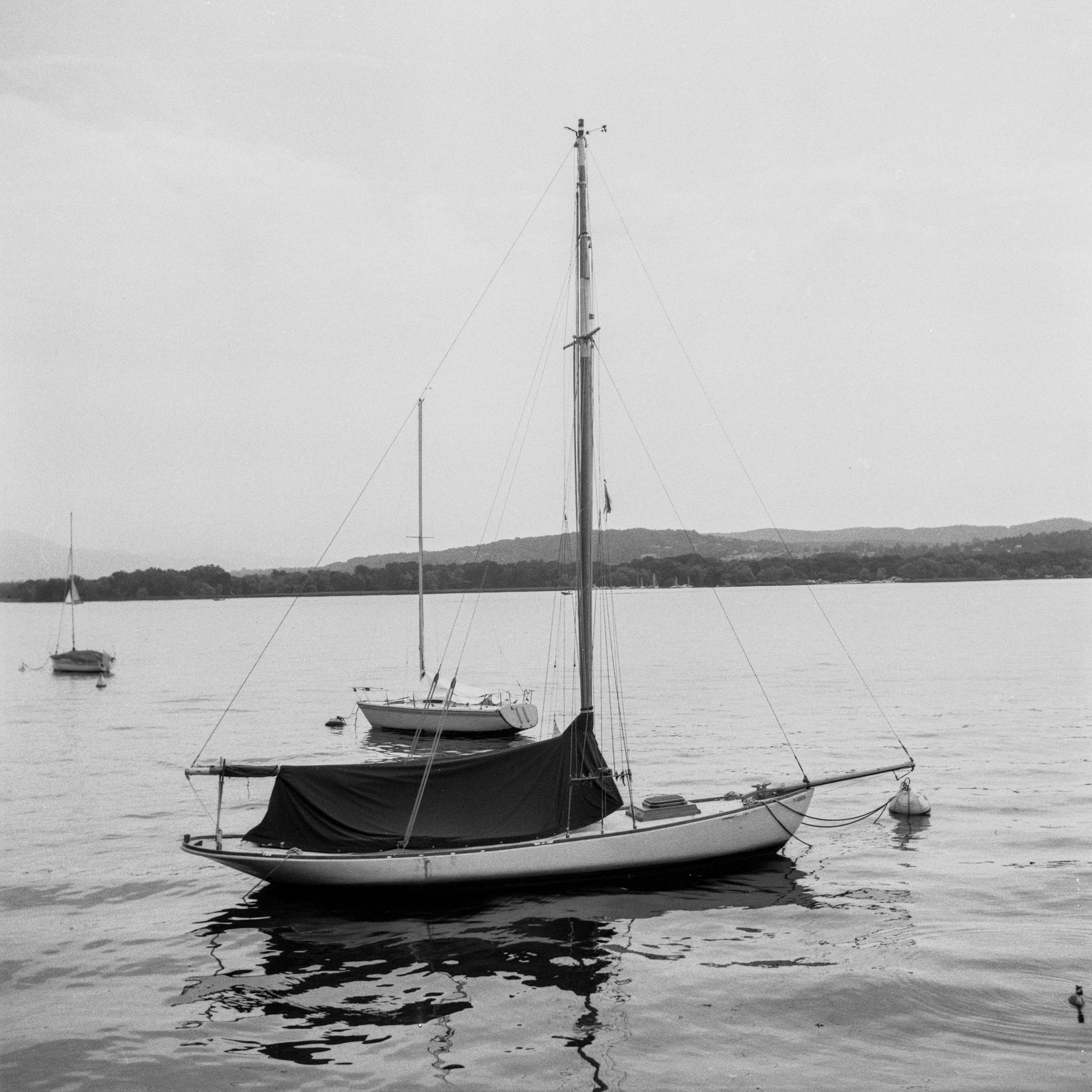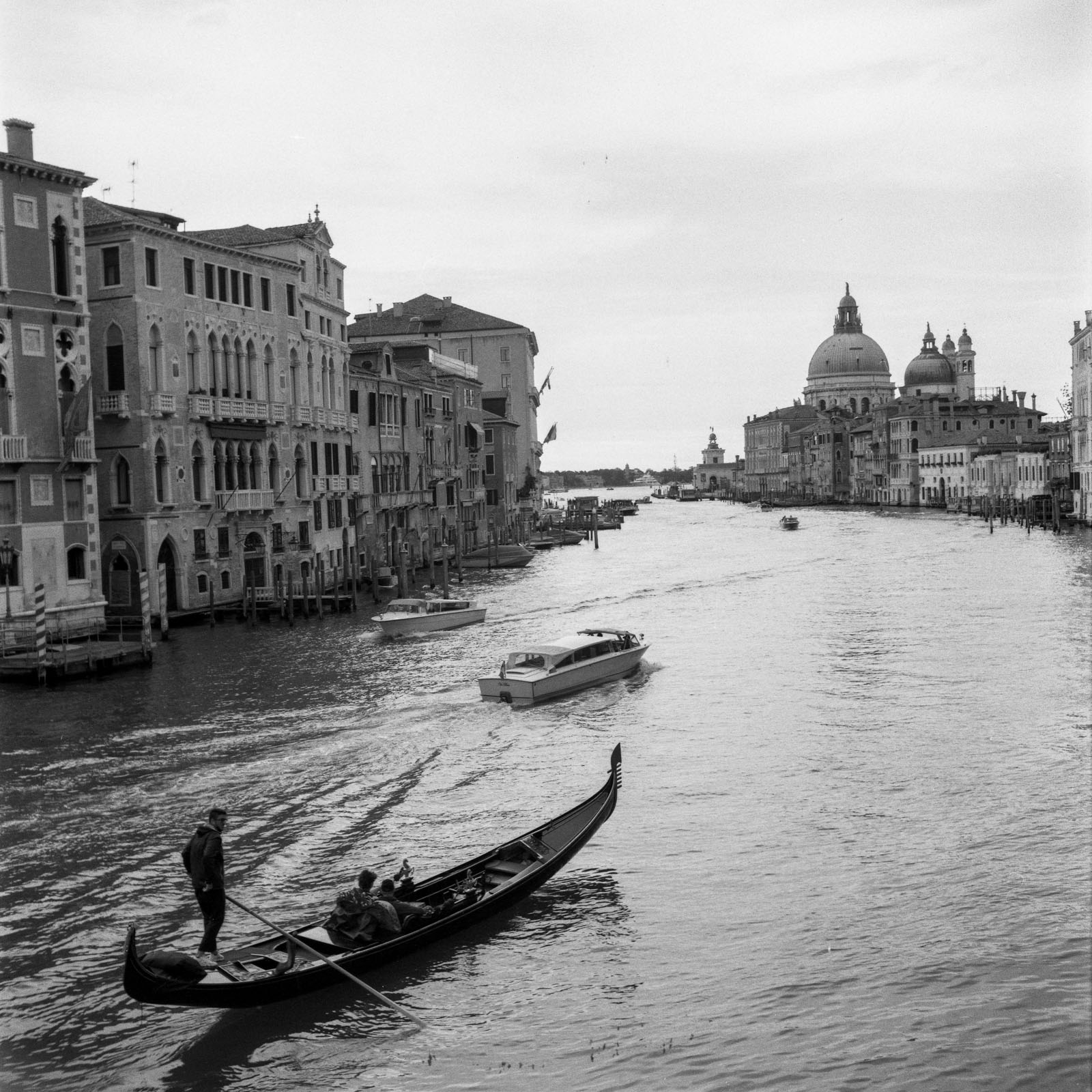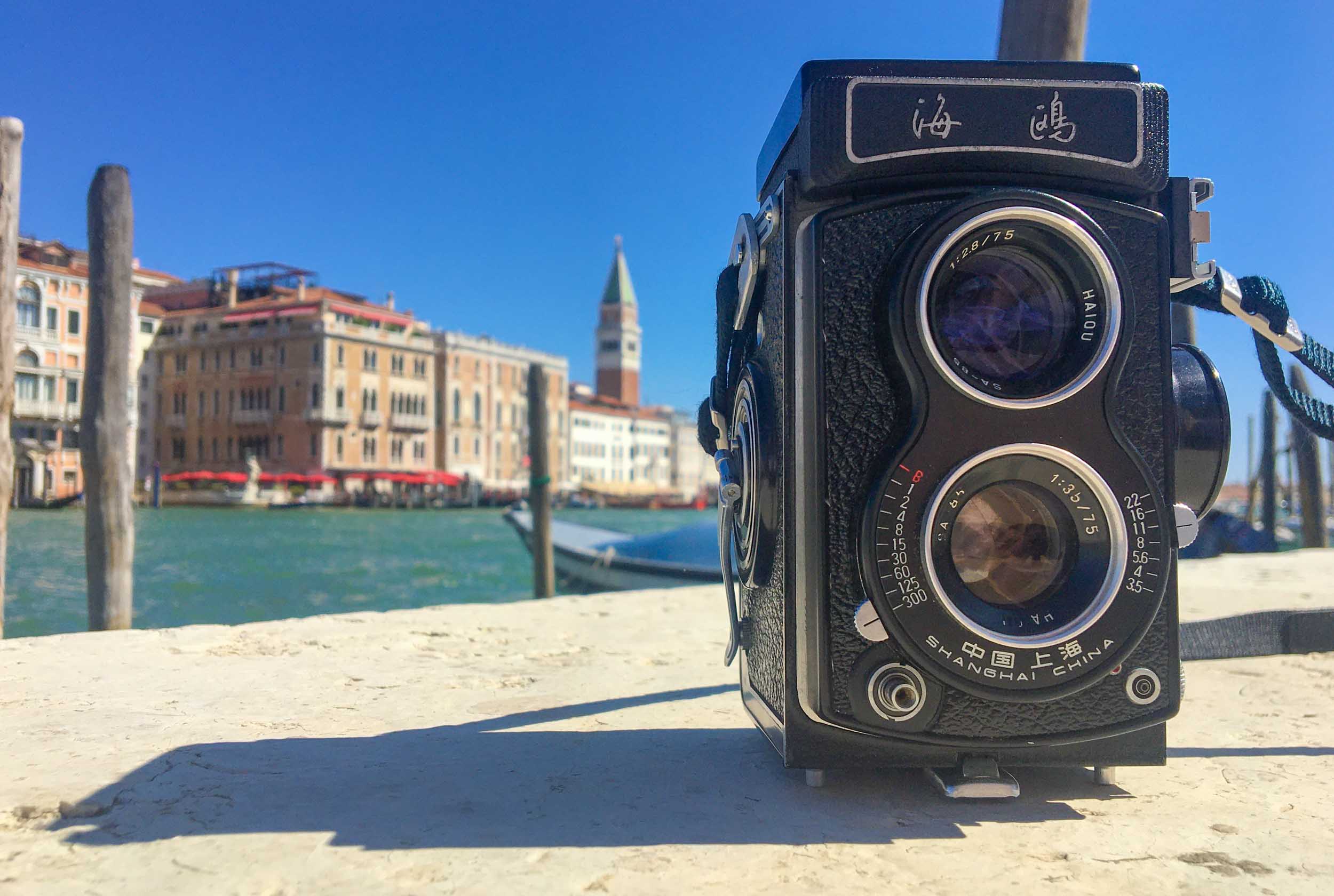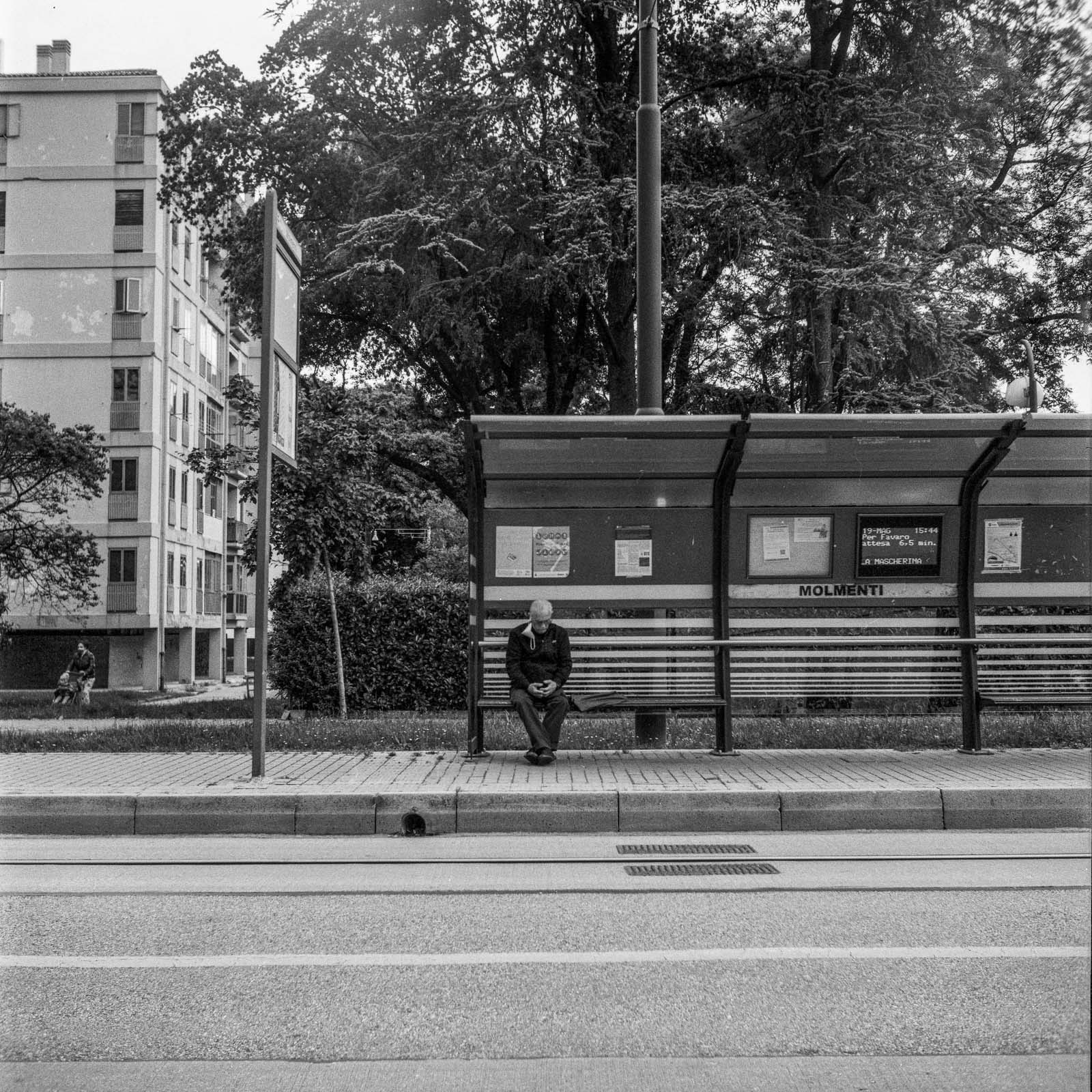TOC
The twins lens reflex cameras (tlr) are undoubtedly cameras of the past, but still of great charm and rediscovered use. The possibility of having the quality of the medium format with a contained weight and dimensions made them popular around the middle of the last century. These qualities are still appreciated by photographers today, so much so that we are witnessing a real renaissance of TLRs. As evidence of this, we find a general increase in prices, with several Rolleiflex models now unapproachable.
It is interesting, however, to note that this type of camera is now more congenial to an entry into the world of the medium format, rather than to professional use. Not that a film professional can’t work with this type of equipment, on the contrary, you can achieve excellent results as in the past. At the same time, the presence on the second-hand market of reflex cameras such as the Hasselblad or the Pentax 6x7 means that this kind of camera is now more prerogative of amateurs. Very often then the TLR is the first medium format camera purchased by the photographer, due to its lower prices and the fact that it does not need additional lenses. It is therefore a camera that is self-contained.

6x6 format is gaining more and more popularity and a tlr is the ideal and cheaper way to try your hand at it
If the choice of models is almost infinite, we can reduce it to a minimum in the following way. On the one hand, the most advanced and expensive models, the Rolleiflex in fact, which sail around € 1000 but offer the highest optical quality. On the other hand, Lubitel, who is to blame for having spread the concept of Lomography due to the poor quality of the image. In between, we find an infinite number of models to choose from, including the best clones of the Rolleiflex produced in Germany, Japan, or China. If at this moment it is the Japanese Yashica Mat to present the greatest success, here we are going to treat a Chinese model, to be precise the Seagull 4A.
This bi-optic was produced in China by the state-owned industry in the Shanghai area - from which it got its name - since the 1960s, to remain in production for the next 40 years. It looks like a full-fledged Rolleiflex clone: it hosts 120 films, has a crank for advancing the film, and has lenses with similar characteristics. If the viewing lens is 75mm 2.8, the shooting lens is 3.5 coated. If the operation is in all respects similar - that is copied - to that of a Rolleiflex, even the lens scheme follows what was proposed in the original. The times stop only at 1/300 of a second, but this in my opinion is never a real problem, especially concerning the black and white film.

1/300 of a second is never an issue, even in backlight scene like this one
Anyone wishing to buy a double lens already knows what are the strengths and weaknesses of this system, so to choose this model over another one must answer a question: is it a good camera? On paper, the specs and build look excellent, but you have to be very careful. I can tell you right now that the answer is: it depends. As in many other developing countries, low production costs went hand in hand with very poor quality control. The China of the cultural revolution was very distant from the hi-tech giants we know today and production were often approximate. The quality visibly improved in the 70s and 80s, thanks to the economic reforms and technological development. There may therefore be great differences from specimen to specimen, which is difficult to find before an attempt to use it. In general, we can observe how this camera has a pretty high ceiling for its price tag but could present a devastating low floor.
First of all, a piece of advice is therefore necessary: never buy a Seagull in a poke, unless it has a very low price, that is, less than 50 €. In case of purchase always prefer revised and optically tested specimens, even at the cost of spending three times as much. If spending 150 / 200 € for a Chinese Rolleiflex clone may seem absurd to you, remember that a Yashica Mat today can cost twice as much. The Yashica, daughter of that Japanese production that has restored luster to the land of the rising sun, has instead diametrically opposite characteristics: an average ceiling but a surprisingly high floor.
However, if you are lucky enough to buy a “good” specimen then the results of the Seagull are amazing. The lens is perhaps soft wide open but still delivers higher quality on the 6x6 frame than a good lens can do on 35mm. The low minimum focus distance makes it great for portraits. If, on the other hand, you are looking for greater incisiveness, just close the diaphragm - paying attention to the diffraction, surprisingly accentuated at f22 - to obtain razor-sharp images.

A black top model, serviced in Milan by the legendary “Carminati”, chilling in the Venice’s sun
Nevertheless, this is not a machine that I would recommend to professionals, just as I would not feel to recommend any lens in general. But if you are looking for a reliable, affordable, and capable of returning excellent images in most situations, this is the ideal camera. It is the perfect tool with which to face the world of medium format with a certain amount of lightheartedness, without at the same time resigning oneself to mediocre images. For the neophyte who approaches the 120 format, it will take a good time before the limit to his imagination becomes this small device!

Thanks to their compact size and low weight, tlr are very good also for expensive street photography!